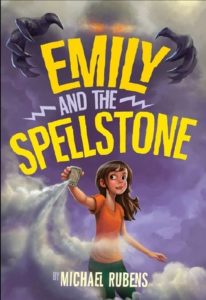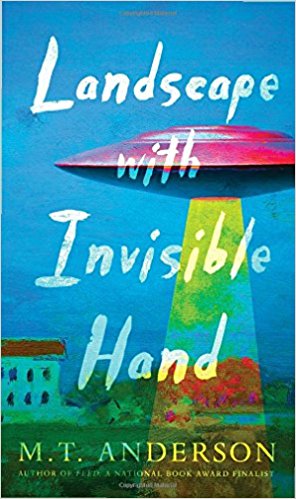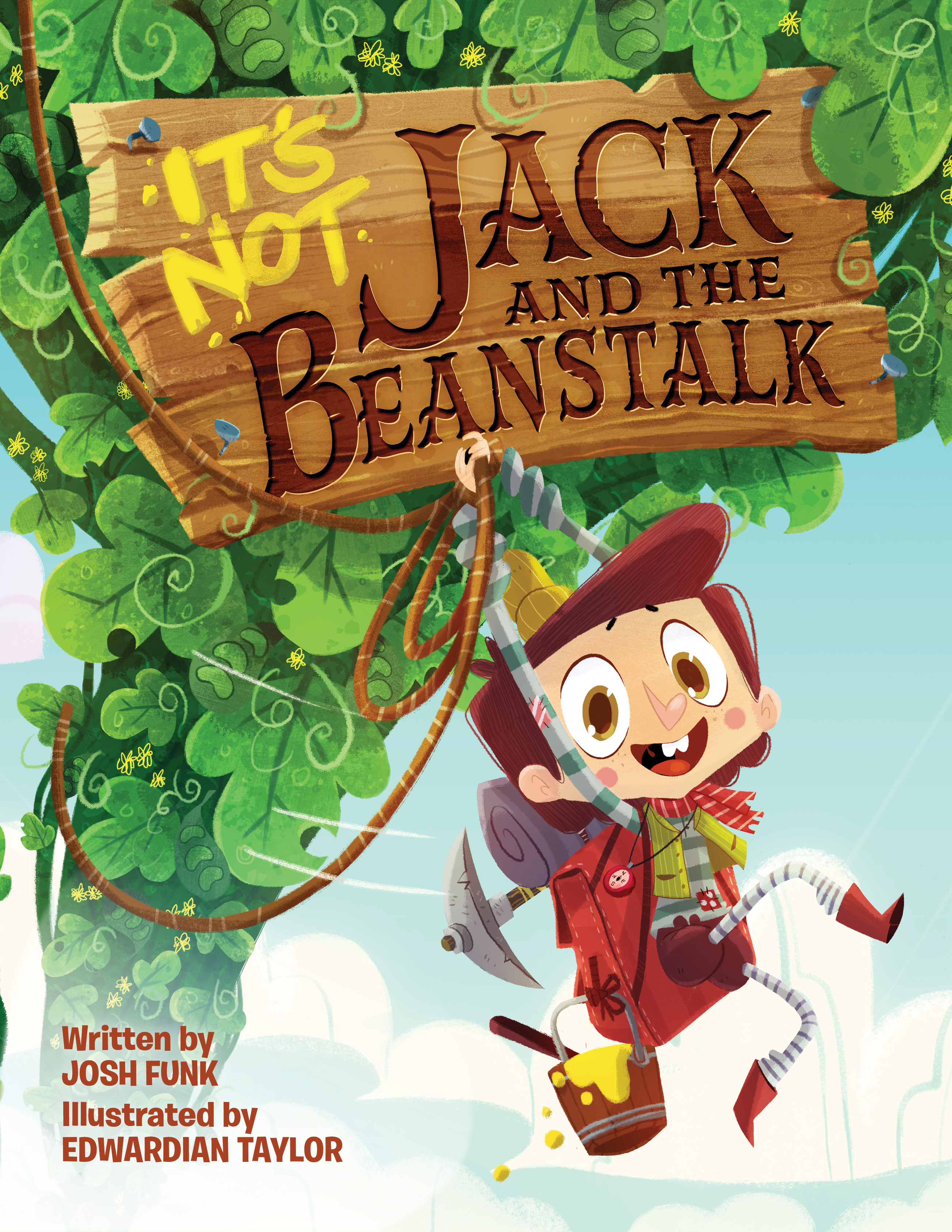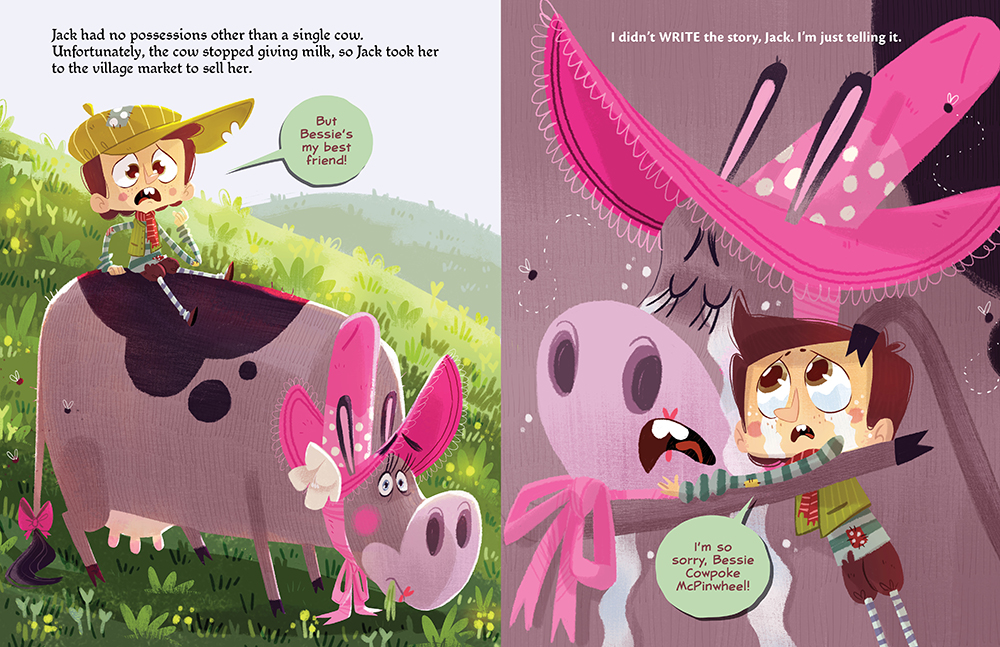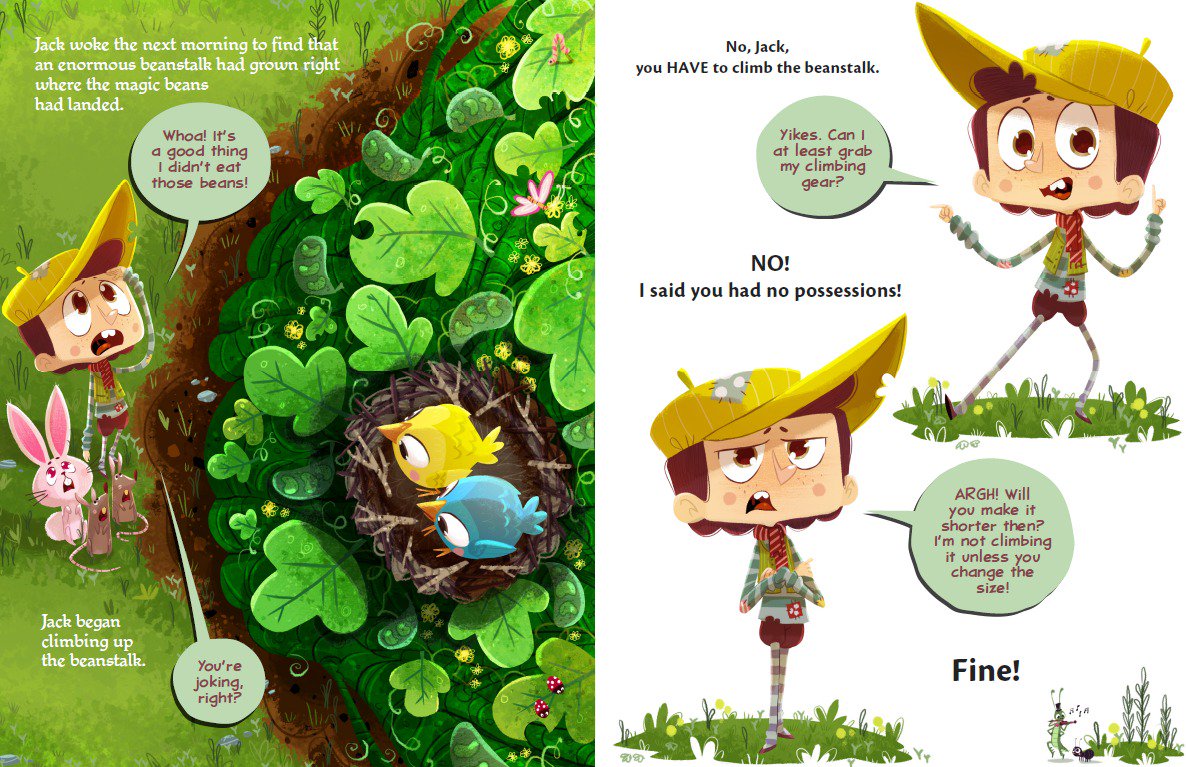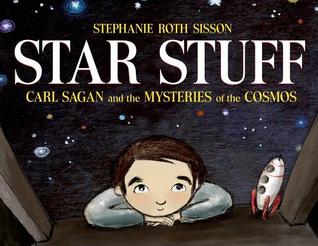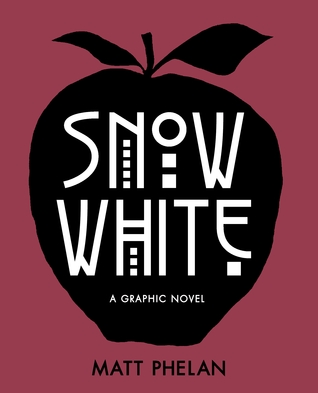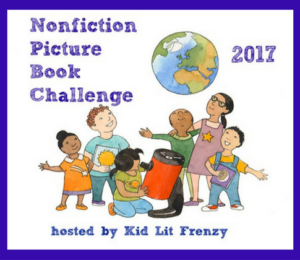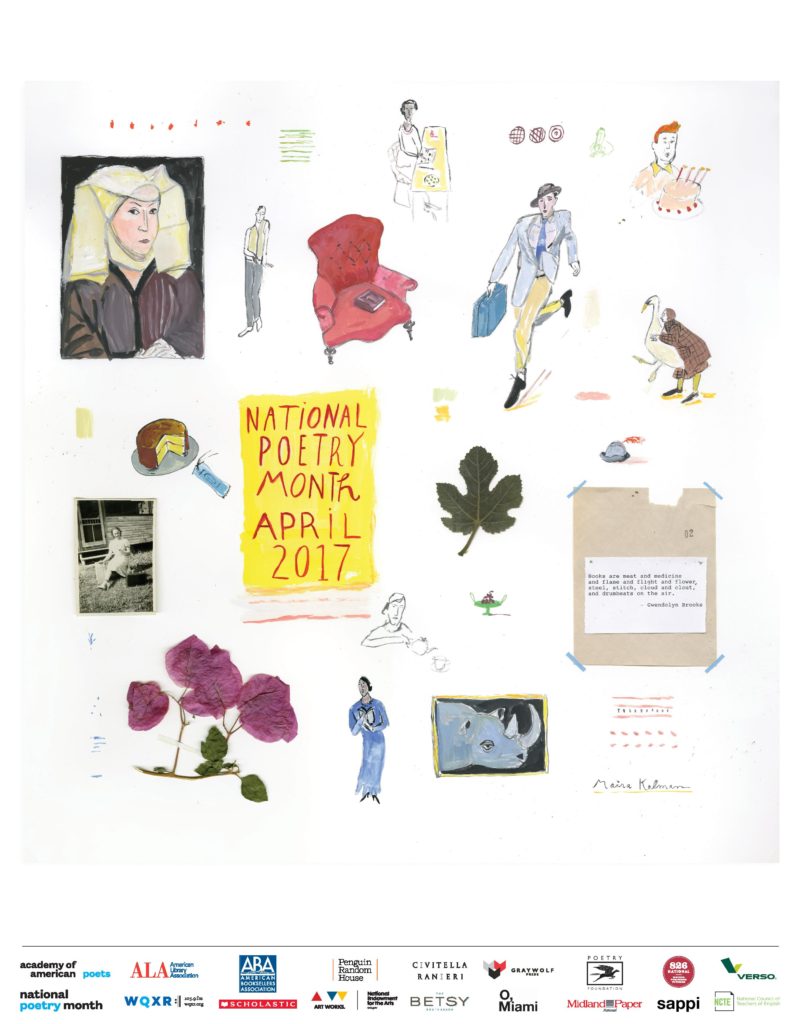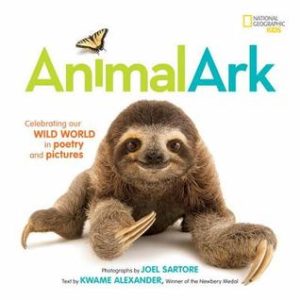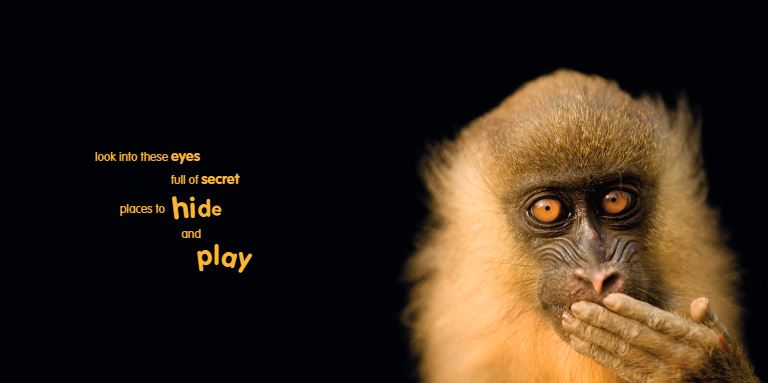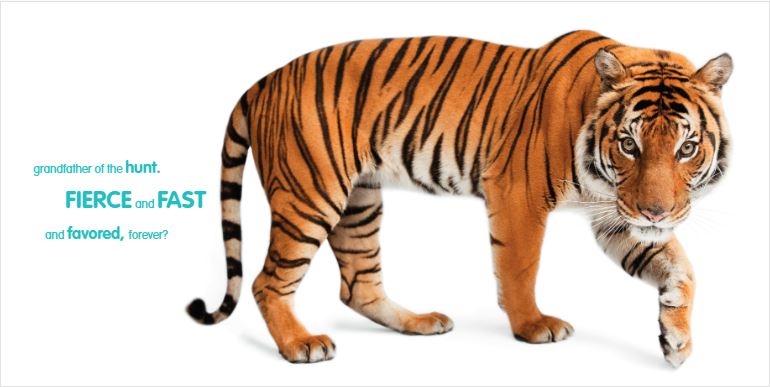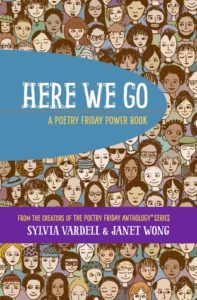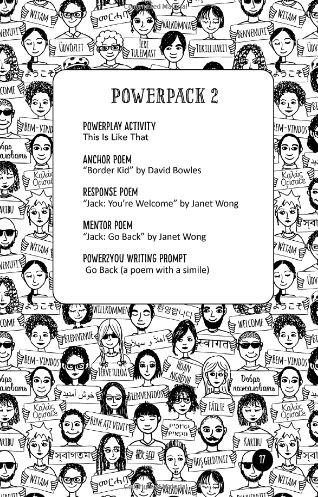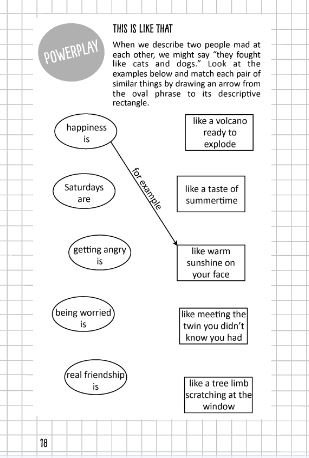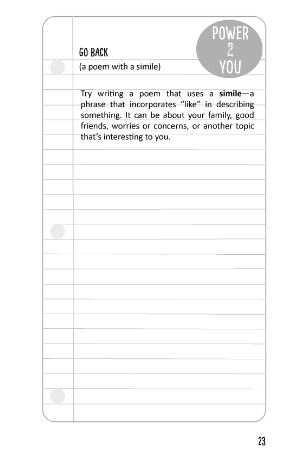Emily and the Spellstone
Author: Michael Rubens
Published June 13th, 2017 by Clarion Books
Summary: This summer, comedy writer and YA author Michael Rubens makes his middle grade debut with Emily and the Spellstone, a hilarious and accessible fantasy about growing up and coming into your own.
Emily is fed up with her frustrating family and the clique-filled hallways of elementary school. All she wants for her twelfth birthday is a cell phone, but of course her tech-obsessed older sister had to go and get carpal tunnel, so now Emily isn’t allowed to have one. Worst birthday ever. As she stomps off down the beach to get away from it all, she stumbles across a strange stone that seems to speak to her, and looks oddly like the cell phone she desperately wants. What Emily doesn’t know is that this weird rock is actually an ancient Spellstone, and only she can unlock its powers. What could go wrong?
Rubens’ whimsical wordplay and delightful prose bring this unpredictable adventure to life. Monsters and magic will inspire readers’ imaginations, while Emily’s more terrestrial troubles like mean girls and annoying little brothers will resonate with anyone who has ever been new or felt out of place in their own family. According to Booklist, “the quick pacing, playful narration, and high stakes are plenty to keep reluctant readers and young fantasy fans engaged.” With a diverse cast of supporting characters and a spunky heroine, this wacky romp is a perfect summer read.
About the Author: Michael Rubens is the author of two YA novels, Sons of the 613 and The Bad Decisions Playlist, and one novel for grownups, The Sheriff of Yrnameer. A correspondent and producer for Full Frontal with Samantha Bee, he has also been a producer for Last Week Tonight with John Oliver and The Daily Show with Jon Stewart. His writing has appeared in places like The New Yorker’s Daily Shouts, Salon and McSweeney’s. He lives with his family in Brooklyn. Visit his website at www.michaelrubens.com.
Review: It is obvious that Rubens writes comedy for a living. Emily’s story is a perfect mix of laugh out loud moments, puns, and crazy adventures with monsters and evil. And unlike other books this reminded me of, Rubens has created his own monsters and villains instead of using an established mythology which means it made it really hard for me to make predictions, so I was on the edge of my seat (LAUGHING along the way) the entire novel. As soon as I finished, I went on Twitter to make sure all of my middle grade teacher friends knew about this one because I think that fans of Riordan’s books are going to really enjoy this one.
Teachers’ Tools for Navigation: Primarily, I picture this book in classrooms/libraries for independent reading or being used in classes during lit circles/book clubs. However, there are some really funny read aloud parts that could definitely be used to discuss humor, word choice, puns, and voice. It would also be lots of fun to make up apps that could be on Emily’s Spellstone.
Discussion Questions:
- How did Emily change from the beginning to the end of the novel? What plot points were key in her character development?
- Find examples in the book that show Emily’s and Gorgo’s sense of humor.
- How do you think Emily feels by the end of the book about being a Stonemaster?
- Were there any signs throughout the book to indicate that Gorgo was going to make the decision he did?
- If all of the humorous passages were eliminated from the book, how would that change the tone of the book? How does the word choice the author chose help make the tone what it is?
- Why were the Venomüch family included in the story?
Flagged Passages: “Emily lay as still as she could, not daring to move, barely daring to breathe.
There was something lurking in the darkness.
She couldn’t hear it or see it, but she could feel it, the sheer foulness of its presence.
It wasn’t Gorgo. She knew that. This was something else. Something far worse. . . . . .
‘There was. . . something in my room last night.’
‘Ah, right. I thought I felt somehthing. Some sort of shade or spirit, probably sniffing around after the Stone.’
‘Why?’
He shrugged. ‘Dunno. Maybe someone sent it. Or maybe it just showed up, drawn by the Stone,’ he said. ‘You’re about to say ‘why’ again, aren’t you?’
‘Yes. Why. Why would that thing be drawn to this stone?’
‘Because it’s a Stone. They’re incredibly powerful, Stones are. Powerful and rare. A Stonemaster can use them to work great magics. That’s a very ancient relic you have there. Well, sort of modern ancient. The first Stones were massive. You’ve heard of Stonehenge, right? Well, thos are really old-fashioned. You couldn’t move them anywhere. The one you have, though, it’s portable, or, uh. . .’
‘Mobile?’ said Emily.
‘Right!’
‘A mobile. . . Stone?’
‘Precisely!’
‘A mobile Stone for casting spells.’
‘Right again.’
‘It’s a Mobile. Spell. Stone.’
‘You seem fixated on that.’
‘It’s like a mobile cell phone.’
‘Not sure what you’re talkinga bout, but if you say so.’ (p. 55, 69-70)
Read This If You Love: The Lightning Thief by Rick Riordan, Guardians of the Gryphon’s Claw by Todd Calgi Gallicano, Harry Potter, Lemony Snicket
Recommended For:
**Thank you to Tracy at Media Masters Publicity for providing a copy for review!**
